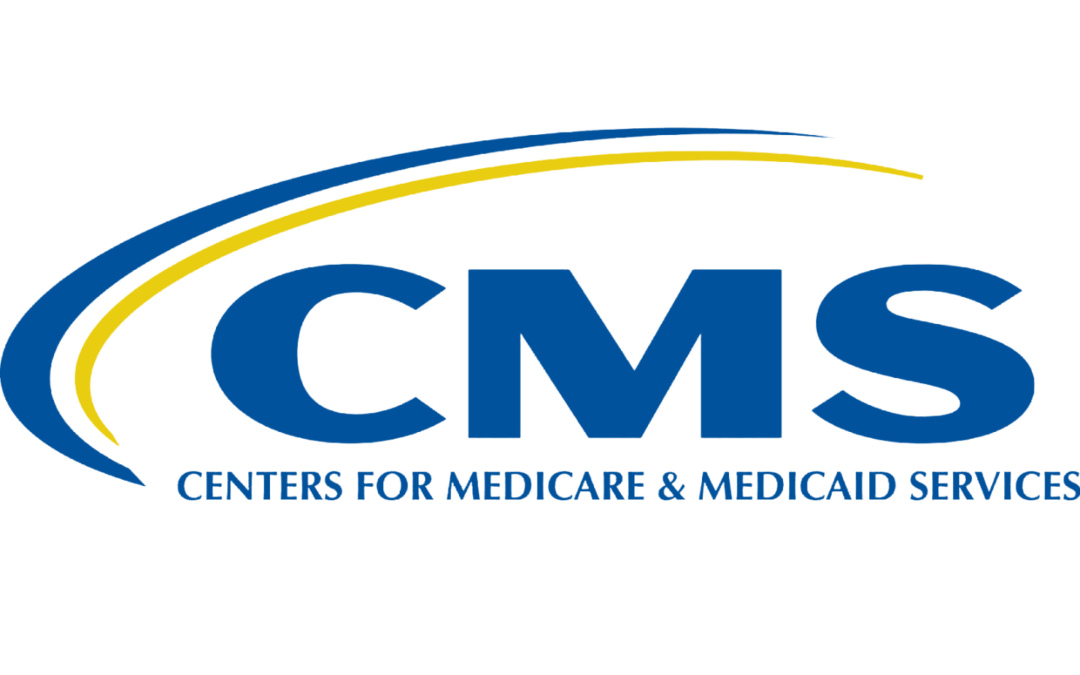On April 25, ALL 8 CMS Medicare Administrative Contractors (MACs) released proposed LCD/LCAs for Skin Substitutes/CTPs for DFUs and VLUs. I have already mentioned the fact that the proposed policy sets a limit of 4 CTP applications per year (although additional applications are possible if exhaustive requirements are met). However, there’s another very big part of the proposed policy. Importantly, the policy lists the 15 CTPs that will be covered, and all the CTPs not on that list will be “non covered.” The policy states that the decision not to cover 211 CTPs was based on their inability to meet the definition of a “skin substitute” (sic) and/or by the “lack of high-quality published evidence supporting long term safety and efficacy.” (FYI, the fact a product is not a “skin substitute” is a silly argument because we are all in agreement that NONE of these are “substitutes for skin”, but in this case, they mean that the product is not a sheet that can be secured.)
I list the COVERED products below. If the draft policies are implemented as written, the majority of CTPs on the market today will no longer by Medicare when the policy becomes effective. The policy could be implemented as early as the 4th quarter of 2024, depending on how the comment period goes. Remember that the comment period is still open and there are a lot of open meetings planned by the MACs.
Let’s face it, since there has been no mechanism to stop the meteoric increase in the price of “me too” CTPs or their over-use in the doctor’s office (not to mention marketing “the spread” which is probably illegal), the MACs have used the blunt tools they have available to stop the madness – namely, limiting the number of applications and limiting coverage to a relatively short list of products.
Now here’s what’s going through my mind. I’ve been asking myself how many of those new, high priced amniotic products are produced in the same laboratory as products priced at a fraction of the cost by a different manufacturer? I don’t understand how this works – but it appears to me that identical products can be marketed by different manufactures (or the same manufacturer under a different name) – but at radically different prices. Theoretically that means that the “evidence” for a product that made it on the covered list below would apply to an identical product that is not covered if they are identical in composition. But if a company tries to prove that they are identical to a covered product, then they have to explain why their product costs 100x more. If anyone has insight into this fascinating aspect of CTP production (or classification), I’m all ears.
COVERED PRODUCTS IN THE PROPOSED LCDs:
| Q4101 | APLIGRAF |
| Q4102 | OASIS WOUND MATRIX |
| Q4105 | INTEGRA DERMAL REGENERATION TEMPLATE (DRT) OR INTEGRA OMNIGRAFT DERMAL REGENERATION MATRIX |
| Q4106 | DERMAGRAFT |
| Q4107 | GRAFTJACKET |
| Q4110 | PRIMATRIX |
| Q4121 | THERASKIN |
| Q4122 | DERMACELL, DERMACELL AWM OR DERMACELL AWM POROUS |
| Q4124 | OASIS ULTRA TRI-LAYER WOUND MATRIX |
| Q4128 | FLEX HD, OR ALLOPATCH HD |
| Q4133 | GRAFIX PRIME, GRAFIXPL PRIME, STRAVIX AND STRAVIXPL |
| Q4151 | AMNIOBAND OR GUARDIAN |
| Q4159 | AFFINITY |
| Q4186 | EPIFIX |
| Q4187 | EPICORD |
- CGS Administrators, LLC
- First Coast Service Options, Inc.
- National Government Services, Inc.
- Noridian Healthcare Solutions, LLC (J-E)
- Noridian Healthcare Solutions, LLC (J-F)
- Novitas Solutions, Inc.
- Palmetto GBA
- WPS Insurance Corporation

Dr. Fife is a world renowned wound care physician dedicated to improving patient outcomes through quality driven care. Please visit my blog at CarolineFifeMD.com and my Youtube channel at https://www.youtube.com/c/carolinefifemd/videos
The opinions, comments, and content expressed or implied in my statements are solely my own and do not necessarily reflect the position or views of Intellicure or any of the boards on which I serve.




This decision does not surprise me. There are far too many “me too” products. Most wounds that we see commonly do not need tissue substitutes.